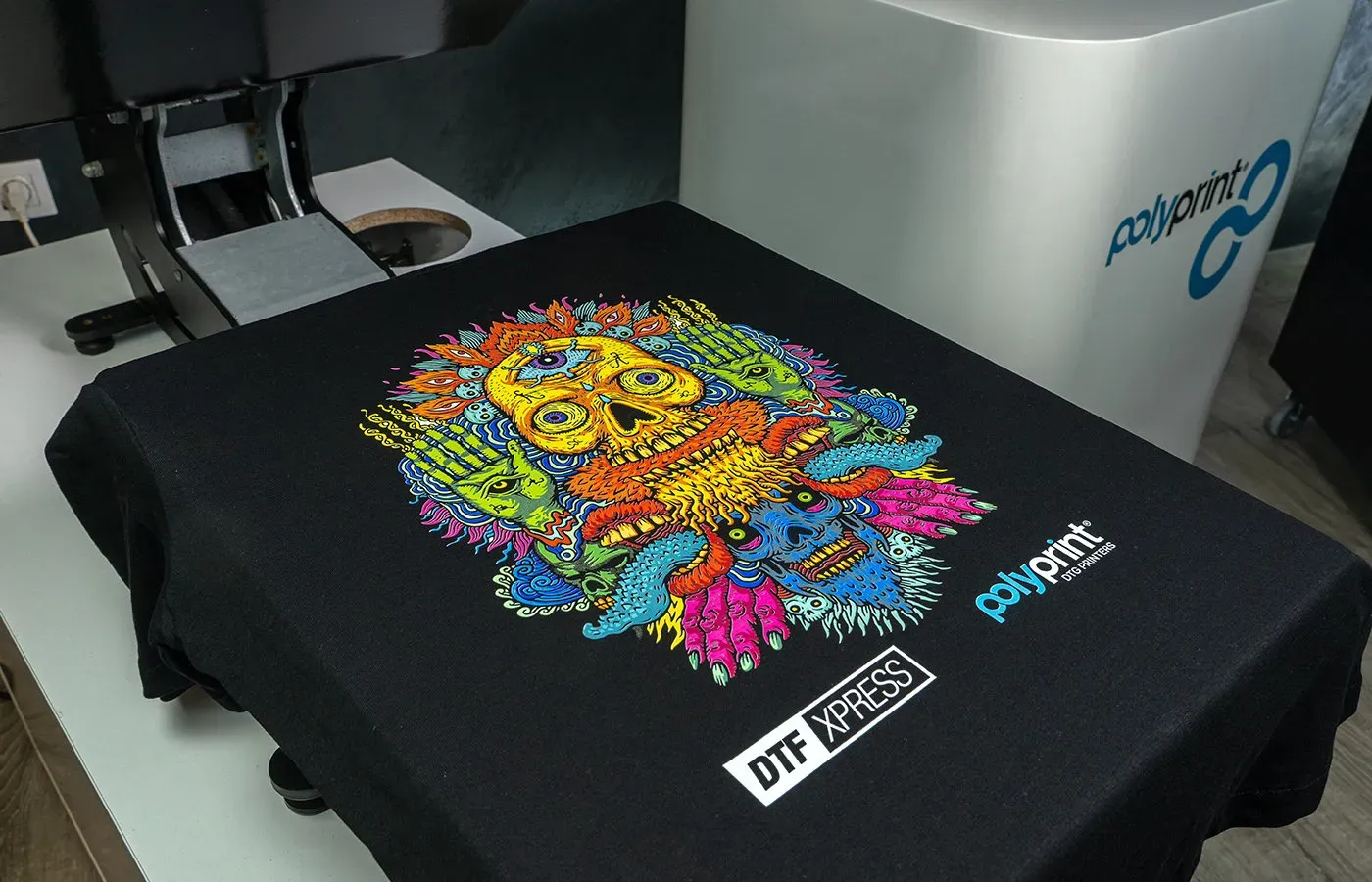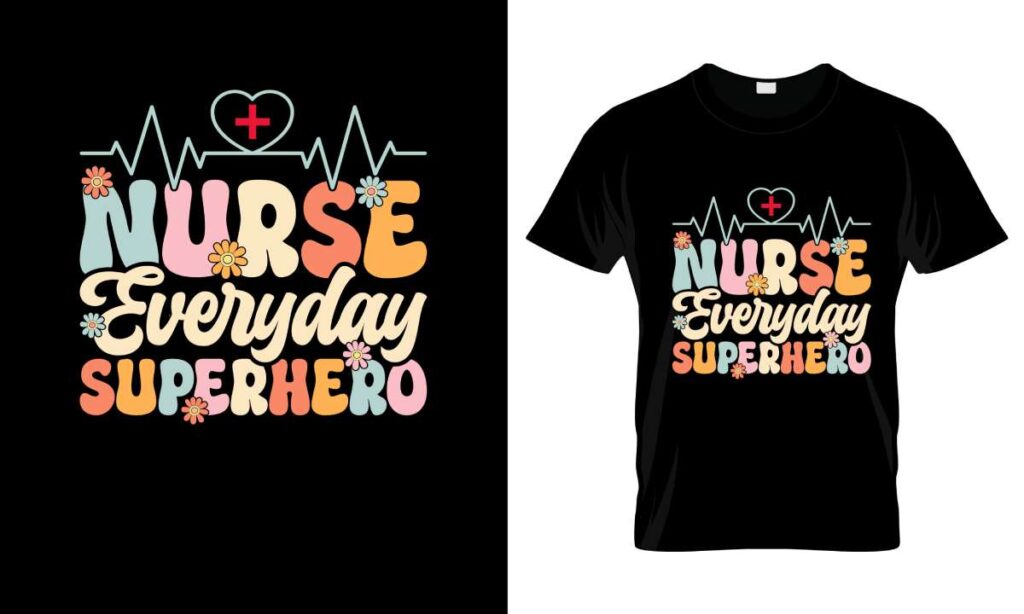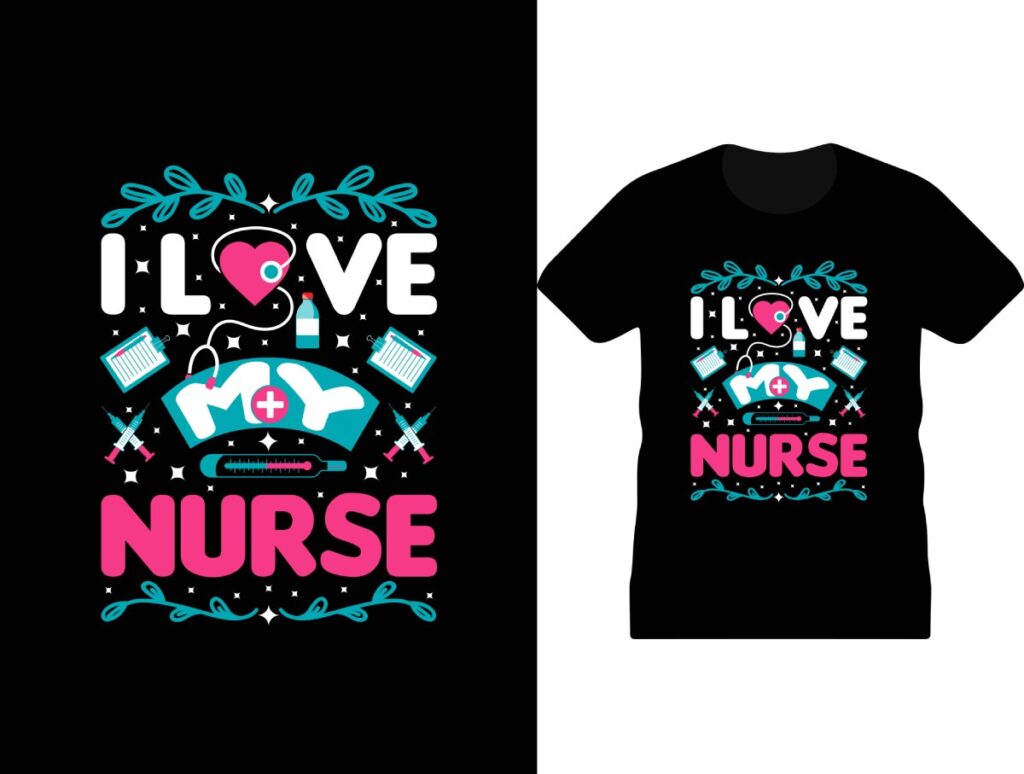DTF printing, or Direct-to-Film printing, is revolutionizing the textile industry by merging artistry with efficient technology. This innovative method allows for high-quality, vibrant prints that can adhere to a wide array of fabrics, making it a favorite among garment decorators and designers. The advantages of DTF printing, such as its versatility and cost-effectiveness, set it apart from traditional techniques, enabling seamless transitions between different printing needs. As we explore the DTF printing techniques and recent advancements, it is clear that the technology is continually evolving, promising even more exciting possibilities for creative expression. This article will highlight the latest DTF innovations and how they are shaping the future of textile printing.
In the realm of modern garment decoration, Direct-to-Film printing has emerged as a cutting-edge approach that encapsulates both creativity and practicality. Often simply referred to as DTF, this method emphasizes its ability to enhance the quality and durability of prints on various textiles. Celebrated for its wide-ranging applications, DTF technology not only simplifies the printing process but also showcases significant advancements in the field of textile printing. With a focus on eco-friendly inks and smart automation techniques, DTF presents a compelling case for anyone looking to elevate their printing game. By embracing the possibilities offered by Direct-to-Film printing, businesses and artists alike can explore new dimensions in customized apparel creation.
Understanding the Dynamics of DTF Printing
Direct-to-Film (DTF) printing has rapidly gained traction in the textile printing industry, distinguished by its unique process that marries technology with creative expression. By employing a special transfer film, this method enables the printing of designs that are vibrant and durable across a host of materials, making it a game changer for graphic designers and garment decorators alike. Unlike its predecessor, Direct-to-Garment (DTG) printing, DTF has the significant advantage of versatility, allowing print professionals to work with a diverse range of fabrics, from cotton to polyester and everything in between.
The appeal of DTF printing lies in its straightforward and efficient operational setup. Print providers can easily create stunning apparel without the limitation of needing a different screen for each ink color, as is often required in traditional screen printing methods. This versatility proves to be crucial for businesses looking to cater to an array of consumer preferences and market demands, ensuring that they can deliver high-quality products that meet varying style demands.
Exploring the Advantages of DTF Printing
The advantages of DTF printing are numerous, offering significant benefits that appeal to both small businesses and large manufacturers. One of the most noteworthy benefits is its ability to produce vibrant colors and intricate designs that stand the test of time. The specialized inks used in DTF printing are formulated to ensure that color saturation and detail are maintained even after numerous washes, making it an ideal choice for quality-focused businesses.
In addition to color quality, DTF printing’s cost-effectiveness plays a crucial role in its growing popularity. The elimination of complex setups not only reduces operational costs but also boosts production efficiency, allowing for quick turnaround times on custom orders. This leads to enhanced profitability as businesses can take on more orders without compromising quality, thus better meeting their customers’ needs.
Innovative Techniques Shaping DTF Printing
As the DTF printing landscape evolves, advancements in technology continue to reshape how these prints are produced. Key innovations include state-of-the-art ink and film formulations that provide better adhesion and improve the durability of prints. This ensures not only exceptional aesthetic quality but also the long-term viability of products created through this printing method.
Automation is another significant development impacting DTF printing. New automated systems allow for a streamlined production process, reducing the labor burden on operators while enhancing throughput. As businesses adopt these technologies, they can effectively scale their operations and meet increasing market demands without sacrificing quality.
The Vibrancy and Quality of DTF Prints
One of the most compelling features of DTF printing is the vibrancy it brings to printed textiles. The use of high-quality inks specifically designed for DTF applications helps in producing prints that are not only visually striking but also maintain their rich color intensity over time. This is particularly appealing for brands seeking to make a strong impression with their products, as the color fidelity and detail achievable with DTF often surpasses other printing methods.
Moreover, the durability of DTF prints enhances the overall consumer experience. Customers know they can anticipate their garments retaining their beauty through various laundering cycles without fading or deteriorating. This assurance of quality makes DTF an ideal choice for businesses focused on creating long-lasting apparel that stands out in a crowded marketplace.
Recent Trends in the DTF Market
The DTF printing market is witnessing a surge in interest and growth, primarily due to the increasing consumer demand for personalized and custom designs. As individuals start to recognize the possibilities of customized apparel, businesses that incorporate DTF printing can cater to this trend more effectively, positioning themselves as leaders in an ever-expanding market.
In parallel to this market growth, there has been a noticeable rise in educational resources aimed at supporting both new and seasoned users of DTF printing technology. Online platforms now offer courses and tutorials that help users develop their skills, ensuring they remain competitive and capable of utilizing the latest techniques and innovations in the field.
Future Innovations in DTF Printing Technology
Looking ahead, the future of DTF printing is poised for remarkable advancements. Manufacturers are increasingly focusing on developing next-generation inks and materials that enhance the performance of DTF prints. These innovations promise to further elevate the quality and versatility of DTF printing, allowing businesses to stay ahead of trends and consumer demands.
In addition to material advancements, the collaboration between printing technology manufacturers and textile companies is likely to yield exciting prospects for the integration of digital technologies and printing processes. This ongoing partnership can enable the exploration of sustainable practices, contributing to eco-friendly solutions in textile production while still delivering exceptional results.
Frequently Asked Questions
What are the main advantages of DTF printing over traditional methods?
DTF printing offers numerous advantages, including versatility in printing on various fabrics, vibrant color output, cost-effectiveness due to simplified processes, and reduced environmental impact with water-based inks. These features make it a preferred choice for custom apparel and promotional products.
How does Direct-to-Film (DTF) printing work?
Direct-to-Film (DTF) printing works by printing images onto a special transfer film, which is then heat-pressed onto the desired fabric. This method allows for high-quality prints on multiple fabric types, including cotton and polyester, providing durability and vibrant results.
What innovations in DTF printing are shaping the industry?
Recent innovations in DTF printing include improved ink formulations and film types for better durability and adhesion, automation of printing processes to enhance efficiency, and user-friendly software that simplifies design creation. These advancements are leading to higher quality and faster production times.
Can DTF printing be used for different types of textiles?
Yes, DTF printing is highly versatile and can be used on various textiles such as cotton, polyester, and blends. This adaptability allows garment decorators to create vibrant and durable prints on a range of materials, making it ideal for multiple applications.
What are some recent trends in the DTF printing market?
The DTF printing market is experiencing substantial growth due to the rising demand for custom apparel. Trends include increased educational resources for skill development, industry collaborations for better inks and materials, and advancements in automation technology to boost production efficiency.
What are the environmental impacts of DTF printing?
DTF printing is designed to be more environmentally friendly, as many inks used in the process are water-based. This reduces harmful emissions and waste compared to traditional printing methods, making DTF printing a more sustainable choice in the textile industry.
| Key Points | Description |
|---|---|
| Overview | DTF printing is a method where images are printed on transfer film and heat-pressed onto various substrates, primarily fabrics. |
| Key Benefits | 1. Versatility in fabric types. 2. Vibrant colors and intricate details. 3. Simple and cost-effective setup. 4. Environmentally friendly options available. |
| Technological Innovations | Recent advancements include improved inks and films, automation in production, and user-friendly software for design. |
| Market Developments | The DTF printing market is expected to grow significantly due to the rising demand for customized apparel and increased educational resources. |
Summary
DTF printing is transforming the textile industry by offering a remarkable blend of versatility and efficiency. This innovative printing method not only accommodates a wide range of fabric types but also produces vibrant prints that withstand the test of time. As technology advances, DTF printing continues to lead with cost-effective solutions that appeal to both professionals and hobbyists. With growing market demand and a plethora of resources available for learning, it’s clear that DTF printing stands at the forefront of modern textile printing, paving the way for creative expression and commercial success.



